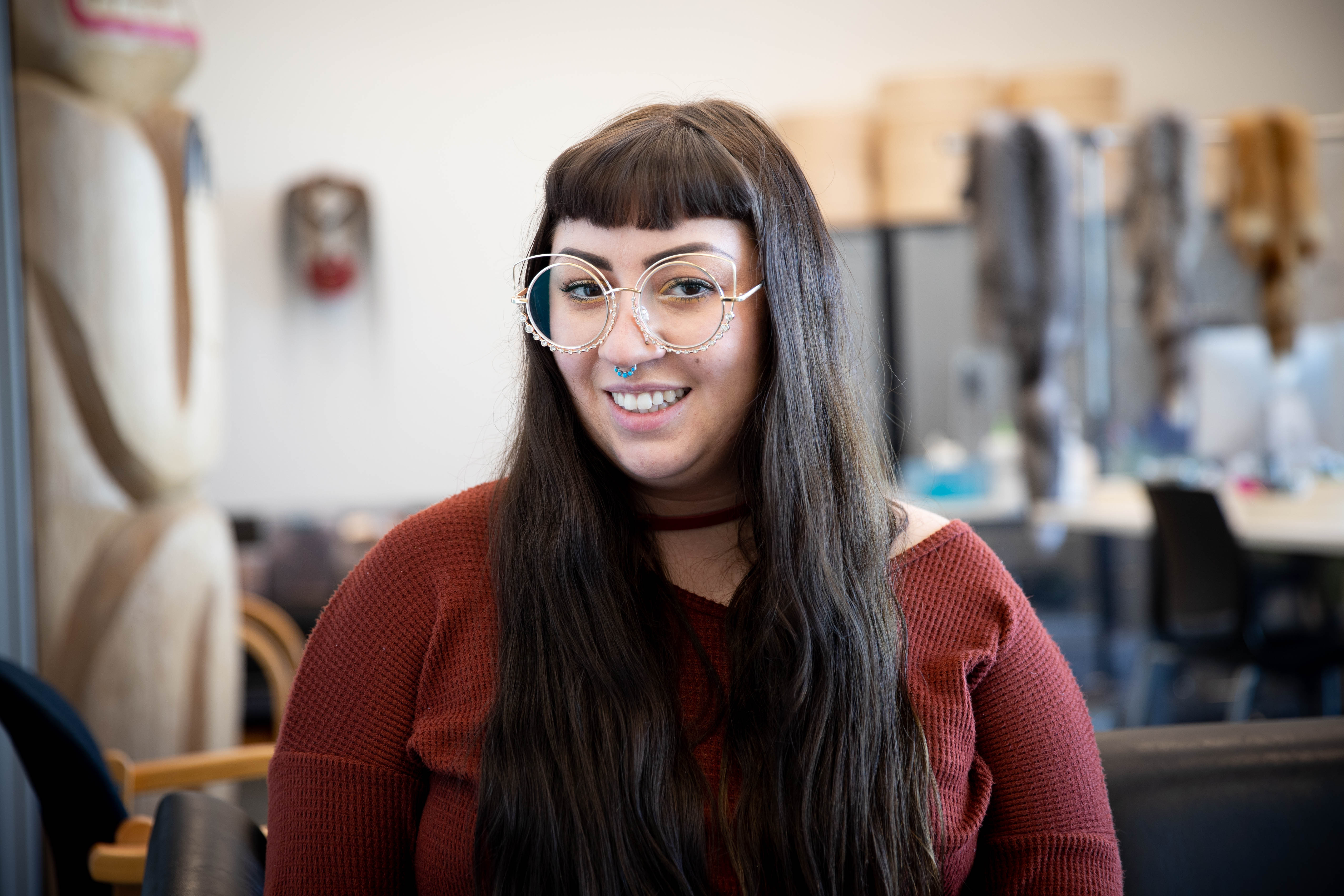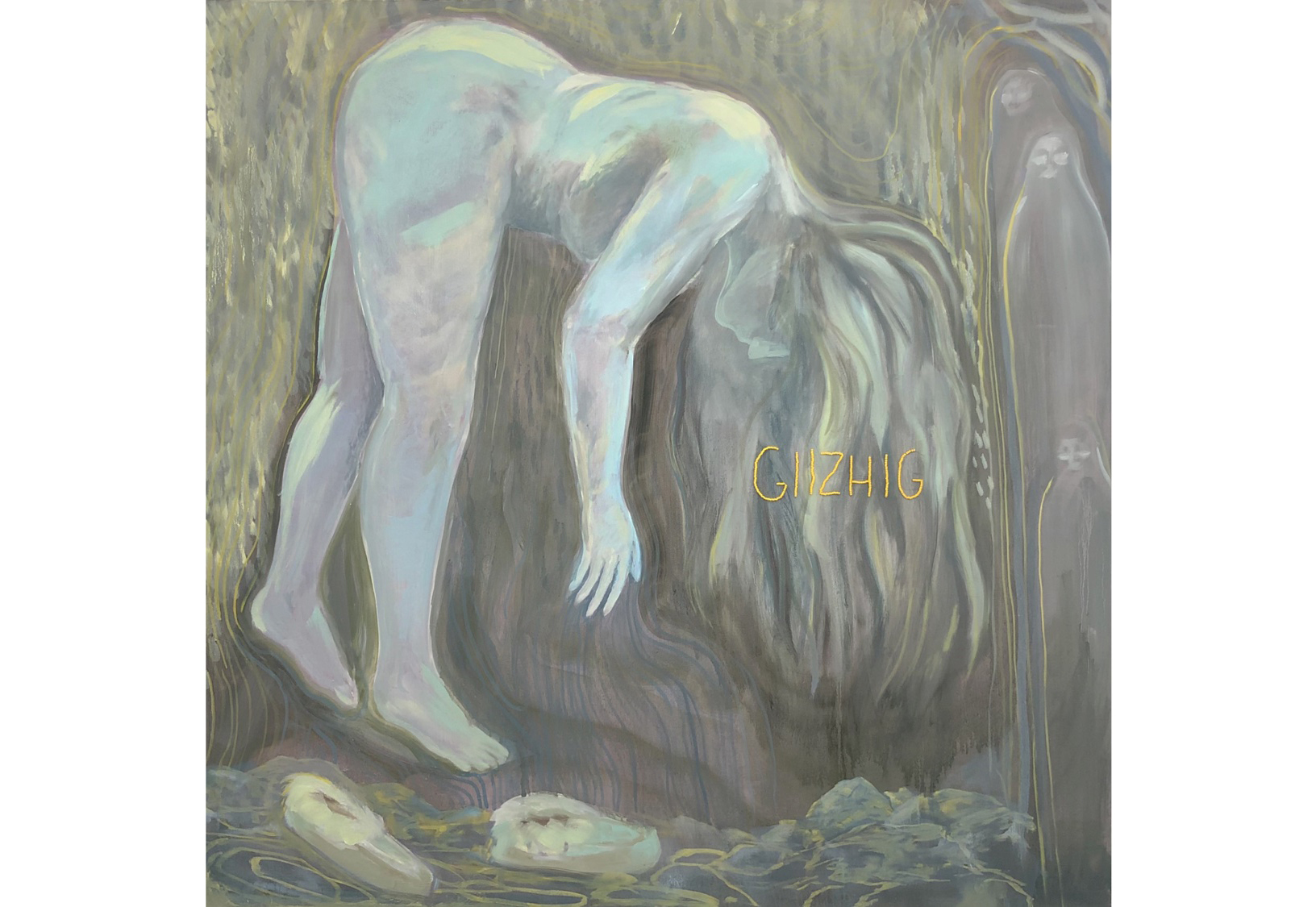
Posted on March 29, 2021 | Updated March 29, 2021, 8:18AM
The artist, writer, community worker, researcher and ECU student on her “outward and upward growth.”
Zoë Laycock is telling me her story. In describing the present, she slips into language that suggests she’s just now looked up to discover her good fortune.
“I guess it all wove together in this magnificent web,” she’ll say. Or, “It’s just kind of whirlwinded into something really good.”
This modesty is perhaps unsurprising, given the path Zoë has been walking. From a young age, her life and work have been characterized by an ethic of service. Service to her community, especially, has been a guiding light for the artist, tutor, community worker and researcher.
The truth appears to be that Zoë herself is the author of her own luck. It’s her fortitude, her quiet assuredness, and her willingness to step into unfamiliar spaces that have found her at the centre of that whirlwind.
Born and raised in Calgary, Zoë is Anishnaabe Métis on her mother’s side, with a father of European descent. Since before she was born, Zoë’s parents have run Métis Calgary Family Services (MCFS) — a non-profit outreach centre for urban Aboriginal parents and children. Zoë’s relationship with that organization has been lifelong.
“Not only did I work there actively for nine years, I literally grew up there, as a part of all the goings on,” she says. “So, that aspect of engagement with my Indigenous community — especially in an urban setting — is something that has always been a natural part of my life and my practice, I guess.”

Zoë was taught Métis beadwork as a child, and has always been an avid writer. “I’m a songwriter and I write poetry and I’ve always journaled and written passionately about secret small things,” she says. She also maintains a material art practice. Currently, for example, that practice involves beading Anishnaabe words into oil paintings — a literal intervention of Indigenous language and material practice into the “colonial fabric of a historically Eurocentric, white-dominated medium.” She has also beaded objects including her grandmother’s bingo dabber, which Zoë says speaks to the “cultural importance of gambling and bingo as activities to gather around” within contemporary Indigenous communities.
Full article by Perrin Grauer: https://www.ecuad.ca/news/2021/zoë-laycock-finds-balance-in-art-outreach-and-community-practice